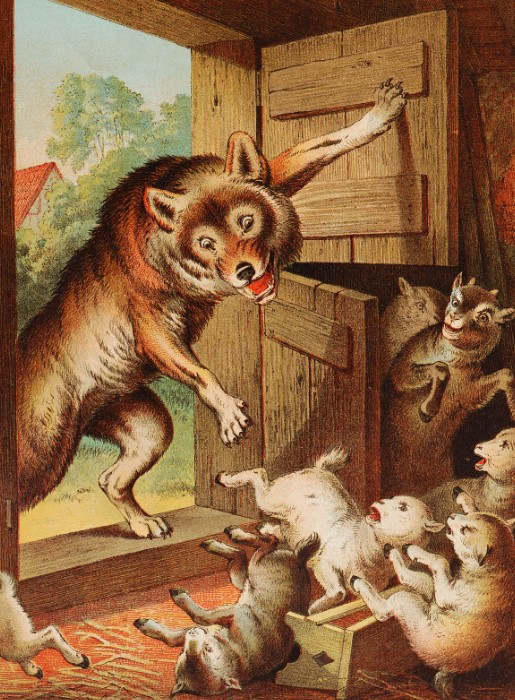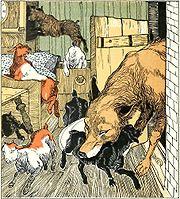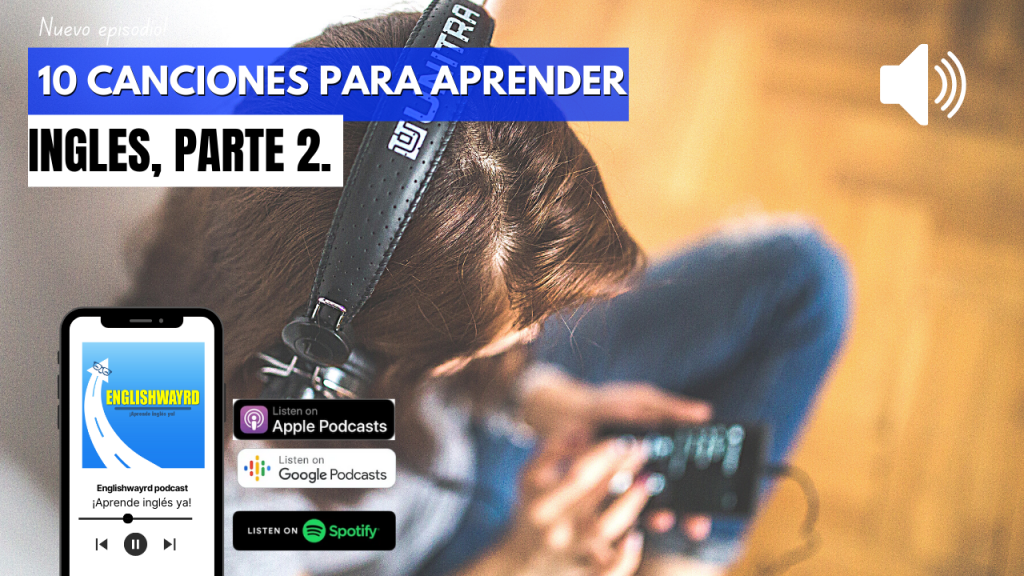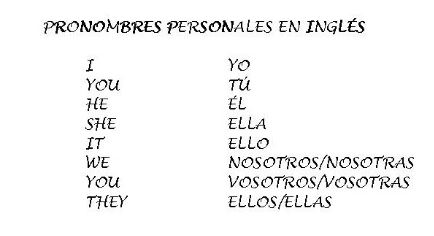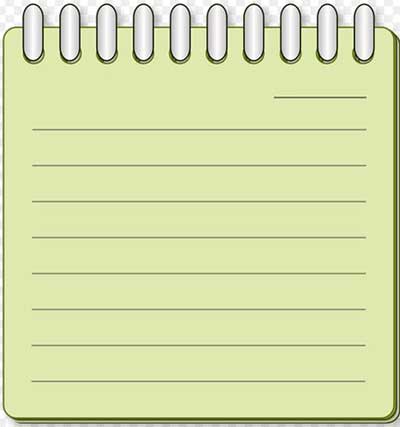
Recursos educativos en inglés. Pequeños textos en inglés, idoneos para dictados y traducciones. Ideal para aprender inglés, con el vocabulario, practicando la pronunciación y mucho más, de una manera divertida.
From the coast up to its mountaintops, Tenerife is a universe of marked contrasts where you can find the perfect place to fill your holidays with unforgettable moments: secret bays with exotic black volcanic sand, long golden beaches, deep ravines, giant cliffs, exotic woodlands, volcanic landscapes of impossible shapes as well as valleys covered in banana plantations, and much, much more.
-----
On this island, the largest of the Canaries, you will come across incredible landscapes that make you aware of an astonishing natural world, with all the amenities of a tourist destination capable of providing you with everything you have ever dreamt of in order to enjoy your leisure time to the utmost: climbing, paragliding, caving, horse-riding, walking or cycling, big-game fishing, skin diving, surfing, windsurfing and many more. You can go on excursions and unique activities such as night-time tours through stately cities or observe the stars with expert guides in one of the most beautiful places on earth: Mount Teide National Park, which is crowned by the majestic volcano to which it owes its name and which is, at an altitude of 3,718 metres, Spain's highest mountain.
-----
Tenerife, the island of eternal spring, full of magnificent golf courses and modern marinas, is also the ideal place to be pampered in health and beauty centres where you can abandon yourself to the pleasure of the most relaxing and health-promoting treatments. Stay at the exceptional hotels and apartment buildings, or rural houses with a family atmosphere, where you will feel entirely at home.
-----
The island can also be discoveredthrough its cuisine and culture, with a magical combination of tradition and modernity ; walk through historical districts such as that of La Laguna, declared a World Heritage site by UNESCO, close in proximity to such spectacular modern buildings as the Tenerife Auditorio, work of the architect and engineer Santiago Calatrava, which is home to a superb programme of music and dance of all styles and origins. Cosmopolitan cities and top quality tourist complexes complete the range of options that are unbeatable for variety and quality, whose aim is to enable you to take the break you deserve.
-----
Canary Islands banana
The cultivation of bananas, with approximately 9,000 hectares, is the most important agricultural production of the Canary Islands. Bananas are essential for Canarian recipes, even nearly changing some of them like, for example, the 'arroz a la cubana' (rice with fried eggs and bananas). They are even used as a condiment for clearly aboriginal products like 'gofio'. They come from the Southeast Asia and arrived to the islands with the conquest. They were brought by Portuguese sailors coming from Guinea. However, bananas were not regularly exported until 1880. Peter S. Reid was the first to export bananas from Tenerife, around the year 1878. The first exporting company, Fyffes Ltd., was established in 1882 and began its activities in Gran Canaria. Some years after that, Henry Wolfson went into partnership with Fyffes Ltd. and they extended regular fruit exportation to Tenerife. Bananas have a great nutritional value and are the most consumed fruit in the world. 84 million tons are produced worldwide every year, from which the Canary Islands share a tiny part, less than half a million tons per year, but top-quality.
-----
Cheeses of Tenerife
The cheese of Tenerife has an enzyme coagulation and pressed paste, not cooked. It is usually consumed as fresh cheese, has a smooth white rind, very thin and the paste is also white with little holes spread all around it. It has a slightly acid and soft flavour and a very damp consistence. But an island with so many different landscapes as Tenerife cannot have only one representative cheese, although fresh goat cheeses are the most famous. It is the largest island of the Archipelago and has a natural variety going from woods and pasturelands to half-arid areas and malpaís areas. This way, at the northern part of the island there are smoked cheeses made with aromatic plants, specially incense, which has a special nature. Mixed cheeses have an excellent quality and a soft and greasy texture. There are also sheep milk cheeses, with a very limited production, but a special nature

